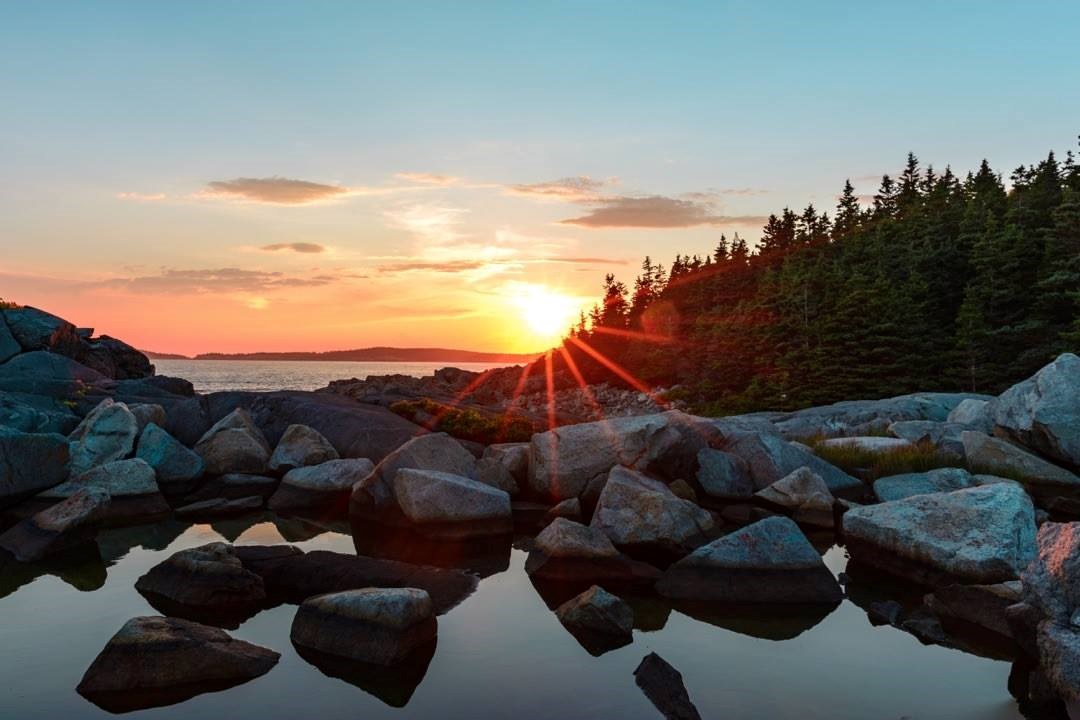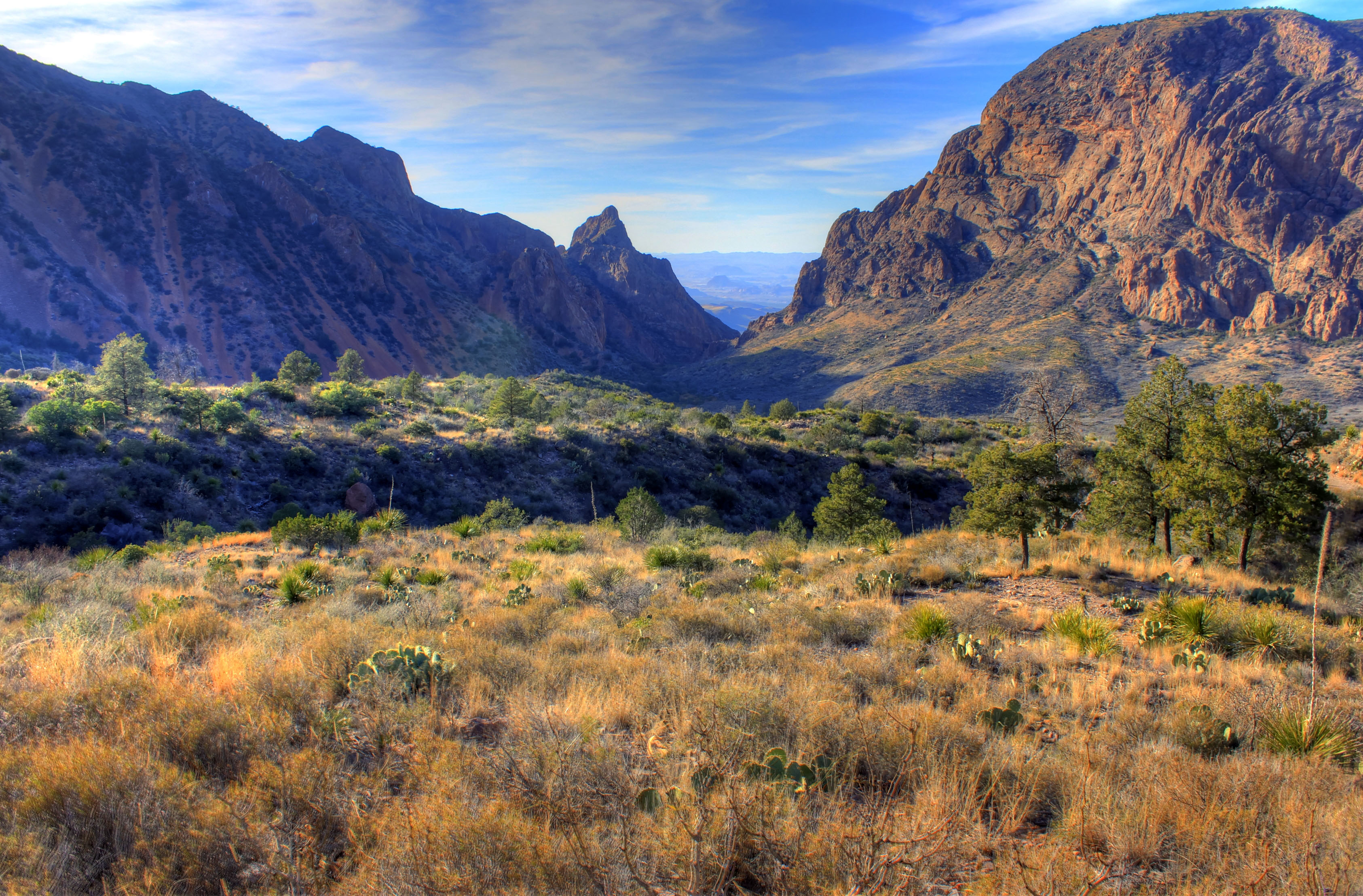 Environmental & Science Education
Environmental & Science Education
STEM
Climate Change
A frequent question when we experience natural disasters such as floods, forest fires, hurricanes, drought, record-breaking temperatures is whether specific event X has a direct relationship to climate change. The usual answer, one we are used to hearing, is that these kinds of events are very likely to become more frequent as climate changes.
A new science known as attribution science--about a decade old--is now ripe enough to be more specific about such relationships. As
Quiriin Schiermeier writes in a news feature for Nature, "Germany's national weather agency is preparing to be the first in the world to offer rapid assessments of global warming's connection to particular meteorological events. By 2019 or 2020, the agency hopes to post its findings on social media almost instantly, with full public reports following one or two weeks after an event." At least one other agency "is preparing to pilot a similar programme by 2020 that will seek to attribute extreme events, such as heatwaves or floods, to human-induced climate change."
One of the leaders in this new field of research is climate modeler
Frederike Otto, the deputy director of the University of Oxford's Environmental Change Institute (U. K.) She has conducted "more than two dozen analyses." Otto's team and a number of other scientists "have published more than 170 reports covering 190 extreme events around the world. ... So far, the findings suggest that around two-thirds of extreme weather events studied were made more likely, or more severe, by human-induced climate change."
Schiermeier includes a graph of the findings in his news feature, i.e., whether the events were more severe or more likely to occur, less severe or likely to occur, no discernible human influence, and insufficient data/inconclusive.
A scientific attribution service is increasingly needed according to Otto, whom Schiermeier quotes. "'If we scientists don't say anything, other people will answer that question not based on scientific evidence, but on whatever their agenda is. So if we want science to be part of the discussion that is happening, We need to say something fast.'"
You might wonder whether one of the standards in scientific publication, peer review, has suddenly gone missing. Again, Otto is cited. "'It can be really useful to have results quickly available for event types we understand reasonably well, such as heatwaves. You don't need to peer review the weather forecast.'"
Of course, as Schiermeier points out in his essay, "not all of the science involved in attribution studies is settled," e.g., small scale events, in some areas of the world "long-term climate records are still lacking. ...And there might still be natural climate variability that is not fully visible in the relatively short record of direct climate observations."
There will be impacts from such studies and Schiermeier discusses some which include "spatial and regional planning...new approaches to management (especially of water)," and to no one's surprise, eventually in court cases such as those "that allege failure to prepare for the effects of climate change."
Schiermeier tells us the interesting story of the 3-year drought that affected Cape Town where officials warned about Day Zero, "when the region would run out of water to serve basic needs--a first for a major city." Otto and a colleague, Mark New, a climate scientist at the University of Cape Town, "decided that the event was a good candidate for an attribution study." They and others ran five independent models in their free time, without funding. Several of them were able to use dedicated computers but Otto's group "conducted its simulations on ...a distributed computing framework that uses the idle time of thousands of volunteers' personal computers.'"
Otto's home page notes that she is an" investigator on the international project
World Weather Attribution which aims to provide an assessment of the human-influence on extreme weather in the immediate aftermath of the event occurring."

 CGEE Student Voice
CGEE Student Voice










